Sudan travel tips
Sudan travel tips: In northeastern Africa, is a diverse nation with a rich history, Nile River, and cultural heritage, despite past conflicts.
States 🌎
Sudan travel tips. Here is a list of all the states of the Sudan.

Khartoum

North Darfur

South Darfur

West Darfur

East Darfur

Central Darfur

Kassala

Red Sea

Gedarif

White Nile

Blue Nile

Sennar

Gezira

River Nile
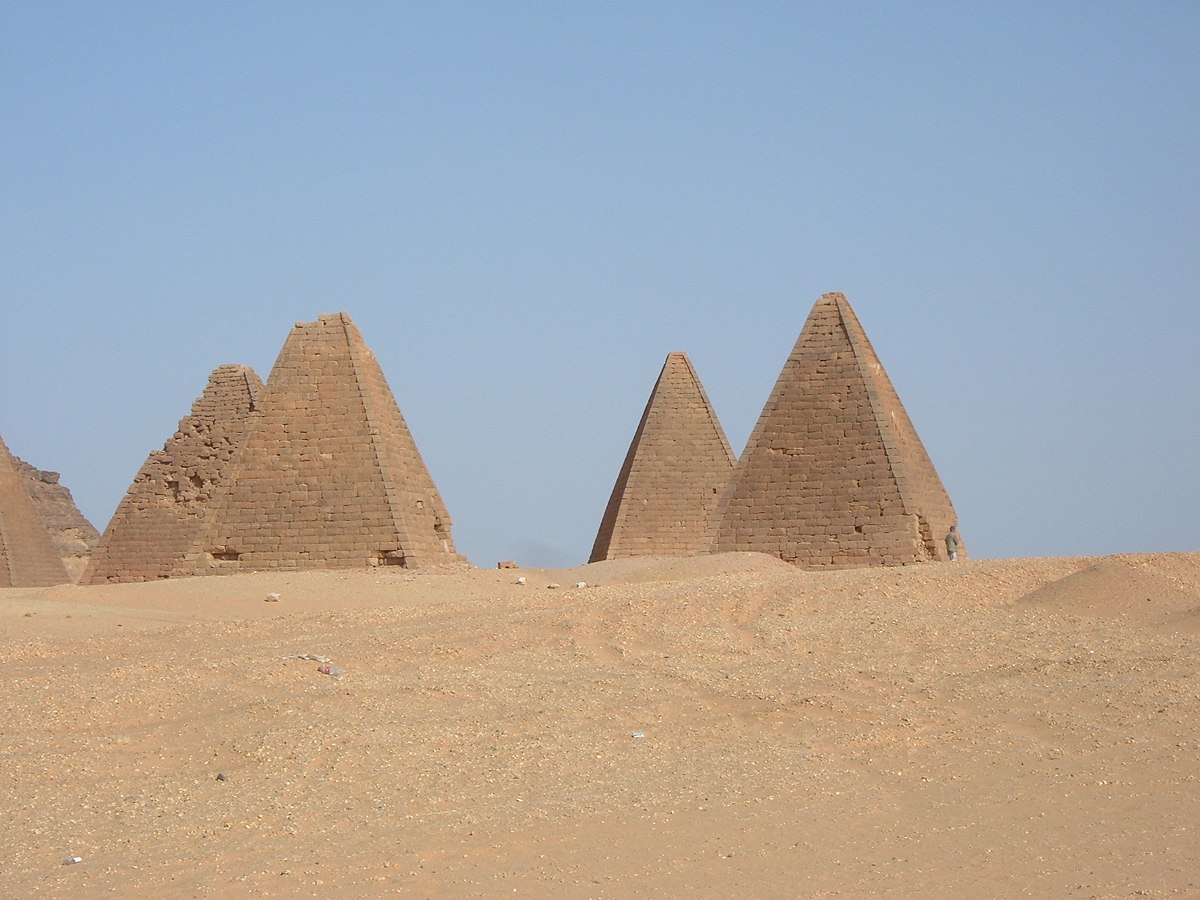
Northern

North Kordofan
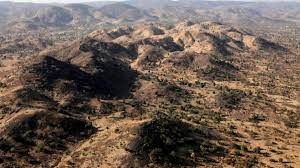
South Kordofan
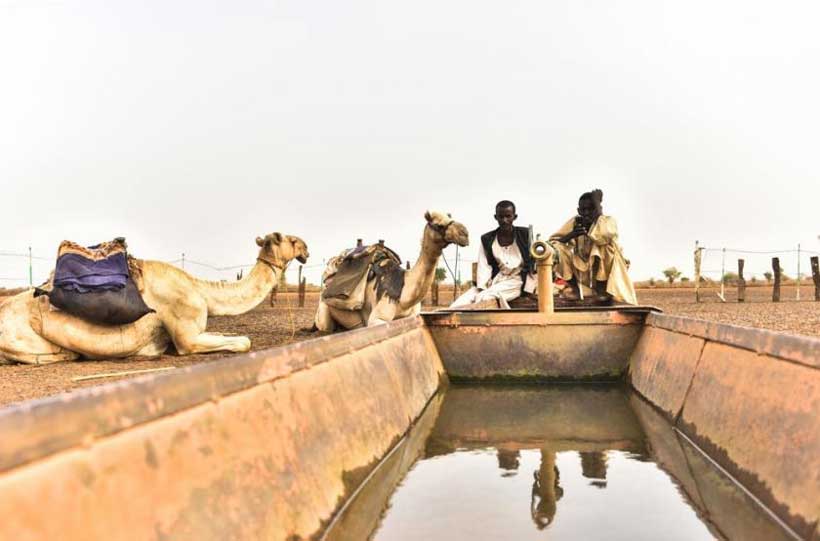
West Kordofan
Before you go 🛩
Important information you should know before your trip
Info

Capital | Khartoum
Flag Codes:
ISO alpha-2 SD,
ISO alpha-3 SDN
Currency
Badge | Sudanese Pound
CODE | SDG
NUMBER | 938
SYMBOL | £
FRACTION | piastra
Mobile Coverage
Dialing Code | +249
SIM Card
Coverage | 3G / 4G / 5G |
Mobile Networks | MTN Mobile | Sudatel Mobile | Zain Mobile |
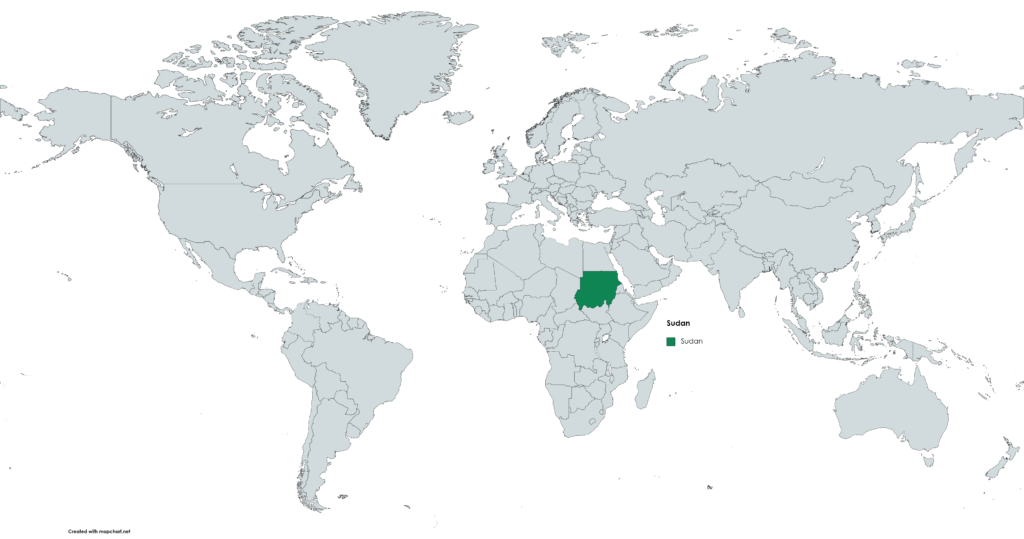
Location
Sudan is located in northeastern Africa, and it is the largest country on the African continent in terms of land area.
The capital city of Sudan is Khartoum, which is located at the confluence of the Blue Nile and White Nile rivers in the central part of the country. Sudan’s diverse geography includes deserts, mountains, savannas, and the Nile River, which flows through much of the country. Sudan has a rich cultural and historical heritage and is known for its ancient civilizations, such as the Kingdom of Kush.
Currency
The currency of Sudan is the Sudanese Pound, abbreviated as SDG.
It is the official currency used in Sudan for everyday transactions and is issued and regulated by the Central Bank of Sudan.
The Sudanese Pound is further subdivided into 100 piasters.
Please note that Sudan has a complex history of currency changes and economic challenges, so it’s advisable to check for the most up-to-date exchange rates and currency information if you plan to visit or conduct financial transactions in Sudan.
Languages
Sudan is a linguistically diverse country with a wide range of languages spoken across its different regions. However, Arabic and English are the official languages of Sudan.
Arabic: Arabic is the primary official language of Sudan and is used in government, education, media, and administration. Sudanese Arabic, which has regional variations, is the commonly spoken dialect.
English: English is also an official language and is often used in business, education, and government documents. It is especially prevalent in the southern part of Sudan.
In addition to Arabic and English, there are numerous indigenous languages spoken by various ethnic groups in Sudan. Some of these languages include Nubian, Beja, Fur, Nuba, Bari, and many others. The linguistic diversity of Sudan reflects its rich cultural heritage and the presence of numerous ethnic groups throughout the country.
Climate 🌡
Sudan has a diverse climate due to its vast size and varied geography. The country can be broadly categorized into three main climatic zones: the desert climate in the north, the arid climate in the central regions, and the more tropical climate in the south. Here’s a breakdown of Sudan’s climate zones:
Desert Climate (Northern Sudan):
The northern part of Sudan, including areas bordering Egypt and the Red Sea, experiences a desert climate.
This region is characterized by extremely hot temperatures, with daytime highs often exceeding 40°C (104°F) during the summer.
Rainfall is scarce and sporadic, with most areas receiving less than 100 millimeters (4 inches) of rainfall annually.
Sandstorms and dust storms can occur, especially during the dry season.
Arid Climate (Central Sudan):
The central part of Sudan has an arid climate.
It experiences hot temperatures, particularly during the summer months, with daytime highs commonly reaching the mid to high 30s°C (mid-90s°F).
Rainfall is more variable than in the desert areas, with some regions receiving between 100 and 300 millimeters (4 to 12 inches) of rainfall annually.
Droughts can occur in this region, affecting agriculture and water resources.
Tropical Climate (Southern Sudan):
The southern part of Sudan, including regions bordering South Sudan and Uganda, has a more tropical climate.
Summers are hot and wet, with temperatures reaching the low to mid-30s°C (mid-90s°F), and a distinct rainy season from April to October.
The wet season brings heavy rainfall and the risk of flooding in some areas.
During the dry season, which lasts from November to March, temperatures are milder and more comfortable.
Sudan travel tips
If you’re planning a trip to Sudan, here are some travel tips to enhance your experience:
Visa Requirements:
Check and obtain the necessary visa before traveling to Sudan.
Health Precautions:
Consult a healthcare professional for vaccinations and carry essential medications.
Cultural Sensitivity:
Respect local customs, dress modestly, and seek permission before taking photos, especially in rural areas.
Historical Sites:
Explore ancient pyramids, temples, and archaeological sites across the country.
Transportation:
Utilize public buses, taxis, and domestic flights for travel within the country. View Guide.
Cultural Events:
Check for local events, festivals, or celebrations happening during your visit.
Respect Local Laws:
Familiarize yourself with Sudan’s laws and adhere to them; be aware of photography restrictions.
Enjoy your time in Sudan!

The best of the best
Sudanese cuisine is diverse and reflects the country’s cultural and geographical diversity.

Ful Medames
This is a popular breakfast dish made from mashed fava beans seasoned with ingredients like garlic, lemon juice, and olive oil.

Aseeda
Aseeda is a dense porridge made from sorghum or millet flour. It’s usually served with a stew or sauce, such as a tomato-based sauce or a peanut sauce.
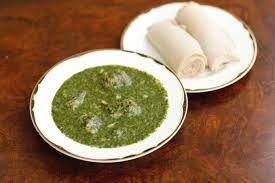
Mulah (Molokhia)
Molokhia is a leafy green vegetable used to make a stew called mulah. The leaves are cooked with garlic, spices, and often meat (such as chicken or beef).
Here are some typical foods and dishes you might find in Sudan:
Bamia: Bamia is an okra stew cooked with tomatoes, onions, and various spices. It can be made with meat or served as a vegetarian dish.
Shawarma: Sudanese shawarma is similar to the Middle Eastern version. It consists of seasoned and grilled meat (often beef or chicken) wrapped in flatbread and served with vegetables and tahini sauce.
Basbousa: Basbousa is a sweet semolina cake soaked in a sugary syrup. It’s a popular dessert in Sudan.
Lamb and Goat Dishes: Sudanese cuisine features various lamb and goat dishes, often slow-cooked with spices and served with rice or bread.
Kebabs: Grilled skewers of meat, such as beef, lamb, or chicken, are common street food in Sudan.
Mensaf: While more common in other Middle Eastern countries, this dish of lamb cooked in a yogurt sauce and served with rice is enjoyed by some Sudanese communities.
Milky Beverages: Drinks like aradaib (a milky tea) and aseda (a milky drink made from sour milk) are traditional Sudanese beverages.
Kisra: Kisra is a type of thin, fermented sorghum flatbread. It’s a staple food in Sudan and is often served as a side dish with various stews and sauces.
Sudanese cuisine varies across regions, and different ethnic groups have their own traditional dishes and specialties. In urban areas like Khartoum, you’ll also find international restaurants and fast food options.
Transportation 🚥
More information about this country
Choose your destination 📍🗺
Useful Links ✅



